filter
-
Brand
- By Category
- Direction
- Date Range
70Events
Pictures
Events

Editorial
- 2024-09-09
- 1
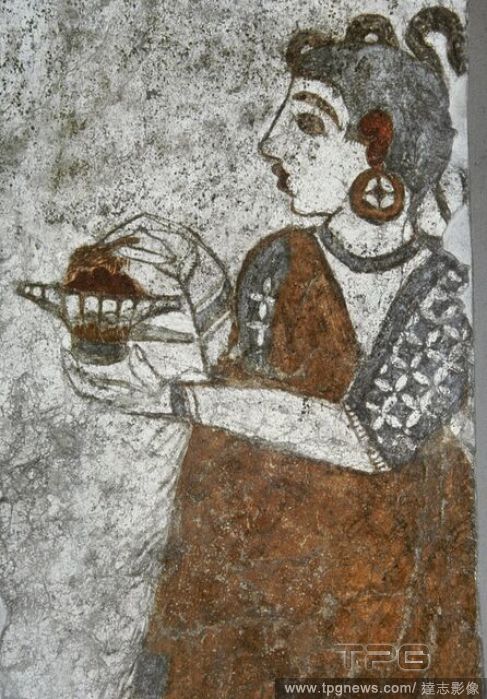
Editorial
- 2024-09-09
- 1

Editorial
- 2024-09-09
- 2
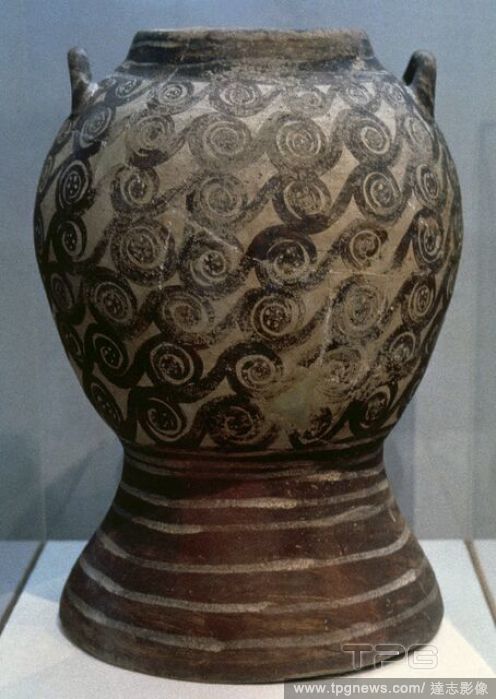
Editorial
- 2024-09-09
- 1
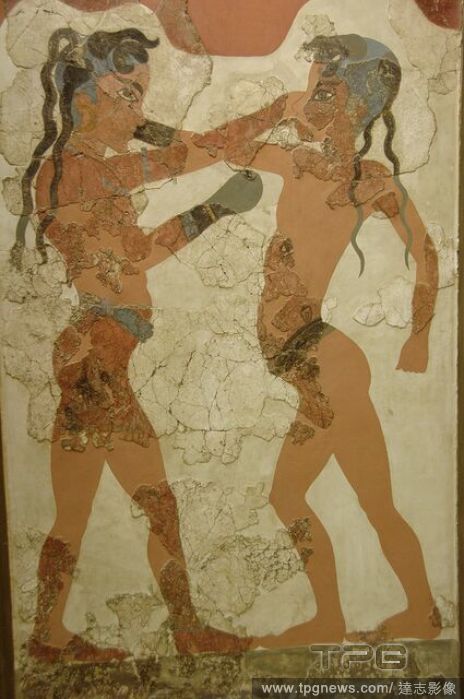
Editorial
- 2024-09-09
- 1

Editorial
- 2023-11-10
- 4
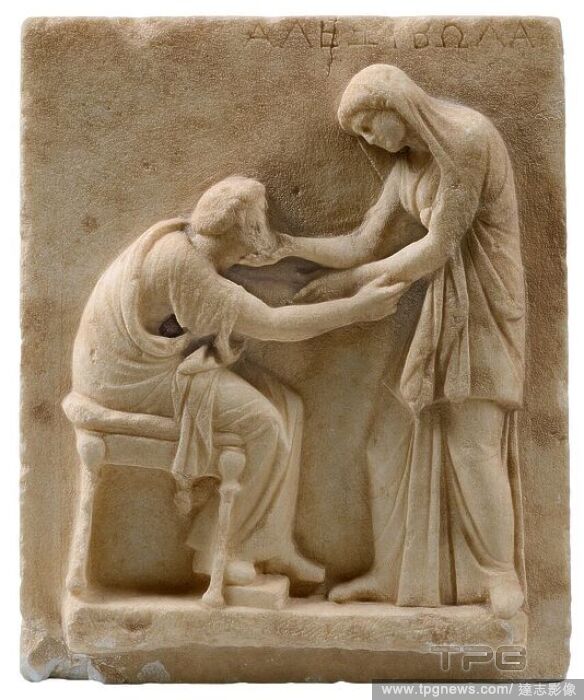
Editorial
- 2023-11-01
- 1

Editorial Waterpolo Women's Champions League match - SIS Roma vs CN Terrassa
- 2023-10-08
- 1

Editorial Waterpolo Women's Champions League match - SIS Roma vs CN Terrassa
- 2023-10-08
- 1

Editorial Waterpolo Women's Champions League match - SIS Roma vs CN Terrassa
- 2023-08-23
- 6

Editorial Waterpolo Women's Champions League match - SIS Roma vs CN Terrassa
- 2023-06-15
- 1

Editorial Waterpolo Women's Champions League match - SIS Roma vs CN Terrassa
- 2023-06-15
- 1
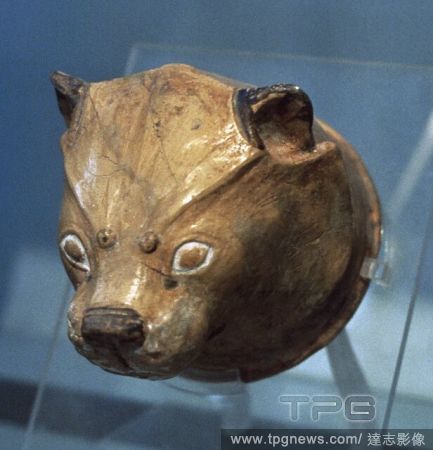
Editorial Ritual vessel. Liones-head rhyton. 16th century BC. From Akrotiri, Island of Thera. National Archaeological Museum of Athens. Greece.
- 2022-12-25
- 1

Editorial Minoan fresco. Akrotiri, Island of Thera (Santorini). House of Ladies. Lady offering a necklace to a goddess. 1650 BC. Museum of Prehistoric Thera. Santorini, Greece.
- 2022-12-25
- 1
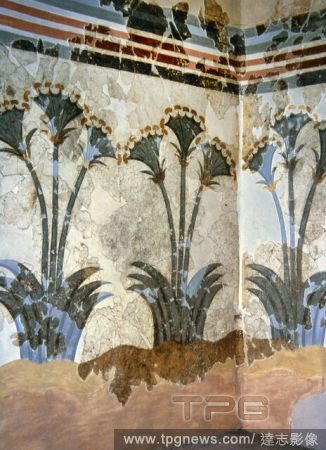
Editorial Papyrus Fresco, ca. 1550 BC. Minoan. Bronze Age. From Akrotiri, Island of Thera (Santorini). Three stemmed, blossoming plants are painted on the walls. Room of the Ladies. Museum of Prehistoric Thera. Santorini, Greece.
- 2022-12-25
- 1
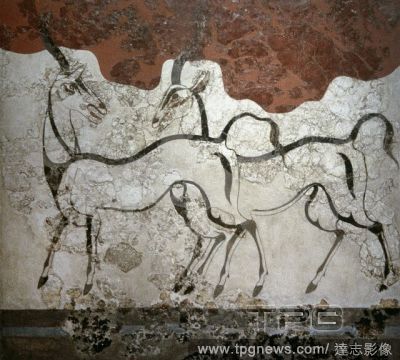
Editorial The Antelope fresco. 16th century BC. Room B1. Building B. Detail. Akrotiri, Thera (now Santorini). National Archaeological Museum. Athens, Greece.
- 2022-12-25
- 1

Editorial Ceramic pitcher with geometric decoration in the form of spirals. Second half of the 16th century BC. From Akrotiri (Thera). National Archaeological Museum. Athens, Greece.
- 2022-12-24
- 1
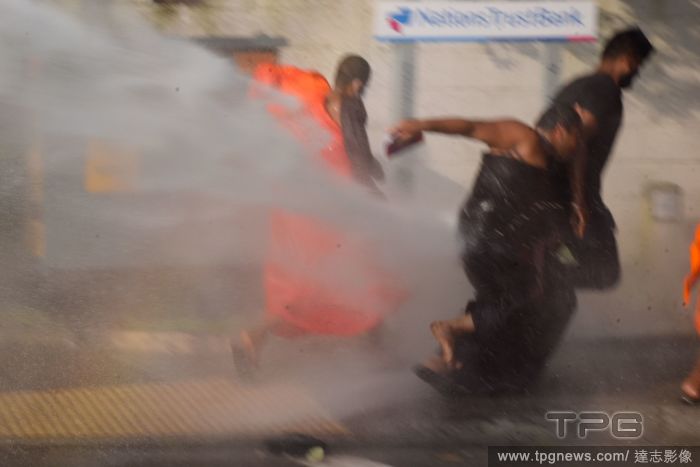
Editorial Protest In Colombo, Sri Lanka - 18 Nov 2022
- 2022-11-20
- 15

Editorial Unrest Colombo, Sri Lanka - 02 Nov 2022
- 2022-11-04
- 11

Editorial FWRO
- 2022-09-17
- 2

Editorial Queen Elizabeth II death
- 2022-09-17
- 2
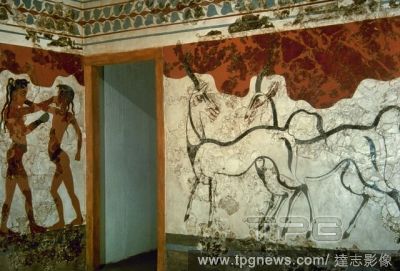
Editorial The Boxer and The Antelope fresco. 16th century BC. Room B1. Building B. Detail. Akrotiri, Thera (now Santorini). National Archaeological Museum. Athens, Greece.
- 2022-07-22
- 1

Editorial Minoan art. Greece. 16th century B.C. Fresco of boxing kids. Fight between two teens provided with gloves and a belt. Painted stucco. Room B1 from Akrotiri (Thera). (1550-1500 BC). National Archaeological Museum. Athens. Greece.
- 2022-04-24
- 1

Editorial Daily Life On Santorini Island, Oia, Greece - 02 Jul 2016
- 2022-02-10
- 1

Editorial Penguin At Zoo Wears Shoes
- 2021-06-24
- 4
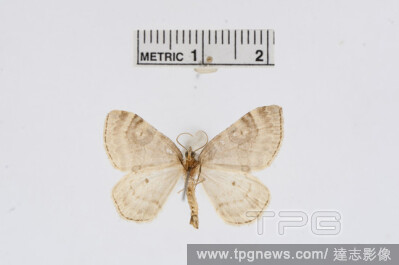
Editorial Wellington, British Columbia, Canada, Thera georgii benesignata Barnes & McDunnough, 1917, Animalia, Arthropoda, Insecta, Lepidoptera, Geometridae, Larentiinae.
- 2021-02-22
- 1
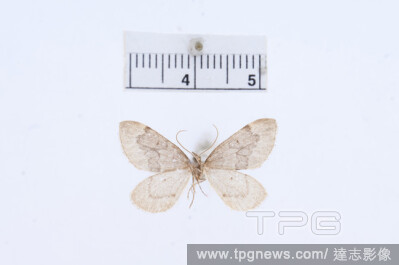
Editorial Pinned, Bar Harbor, Hancock, Maine, United States, Thera procteri Brower, 1940, Animalia, Arthropoda, Insecta, Lepidoptera, Geometridae, Larentiinae.
- 2021-02-22
- 1

Editorial Large cup in archaic style of a so-called kouros. The hair hangs in tresses, five on each side, which is typical for Thera. Frontal structure. The head was originally on a full body. Dating is based on the classification of Richter, she divides the ima...
- 2021-02-20
- 1
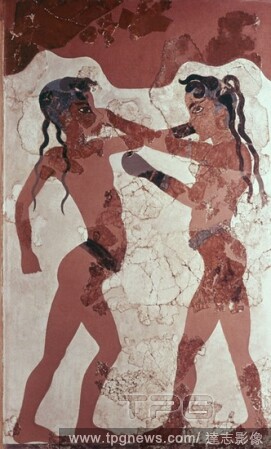
Editorial FRESCO DE LOS NI?OS BOXEADORES - II MILENIO AC - PROCEDENTE DE LA ISLA DE THERA.
- 2021-02-19
- 1
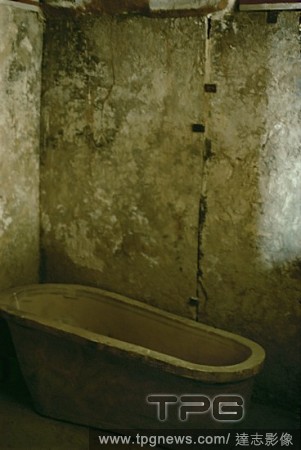
Editorial Bathtub excavated from the thick layer of ashes-Acro-tiri, Thera Island, Greece. The eruption of the volcano on Thera around 1450 BCE gave rise to the legend of the lost continent of Atlantis. The catastrophe may have caused the end of Cretan culture.
- 2020-12-01
- 1

Editorial Ritual vessel. Liones-head rhyton. 16th century BC. From Akrotiri, Island of Thera. National Archaeological Museum of Athens. Greece.
- 2020-12-01
- 1
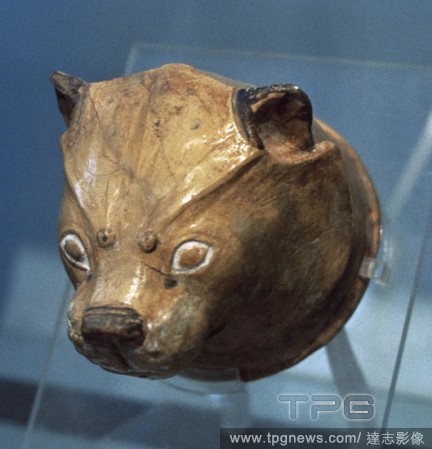
Editorial Ritual vessel. Liones-head rhyton. 16th century BC. From Akrotiri, Island of Thera. National Archaeological Museum of Athens. Greece.
- 2020-09-11
- 1

Editorial Minoan fresco. Akrotiri, Island of Thera (Santorini). House of Ladies. Lady offering a necklace to a goddess. 1650 BC. Museum of Prehistoric Thera. Santorini, Greece.
- 2020-09-11
- 1

Editorial Papyrus Fresco, ca. 1550 BC. Minoan. Bronze Age. From Akrotiri, Island of Thera (Santorini). Three stemmed, blossoming plants are painted on the walls. Room of the Ladies. Museum of Prehistoric Thera. Santorini, Greece.
- 2020-09-11
- 1

Editorial Priestess making offerings. 1550-1500 BC. Fresco, from The West House, Akrotiri, Thera (now Santorini). National Archaeological Museum. Athens, Greece.
- 2020-09-11
- 1

Editorial The Antelope fresco. 16th century BC. Room B1. Building B. Detail. Akrotiri, Thera (now Santorini). National Archaeological Museum. Athens, Greece.
- 2020-09-11
- 2

Editorial Ceramic pitcher with geometric decoration in the form of spirals. Second half of the 16th century BC. From Akrotiri (Thera). National Archaeological Museum. Athens, Greece.
- 2020-09-11
- 1
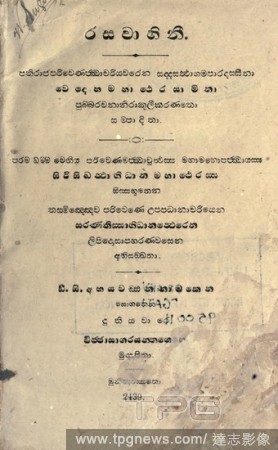
Editorial Rasavahini : Vedeha, Thera.
- 2019-12-18
- 1
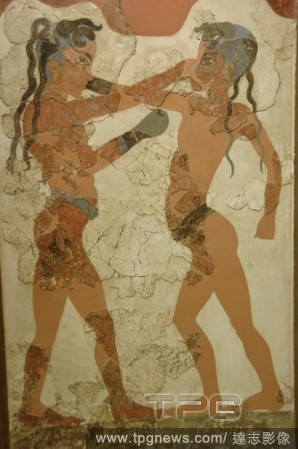
Editorial Minoan art. Greece. 16th century B.C. Fresco of boxing kids. Fight between two teens provided with gloves and a belt. Painted stucco. Room B1 from Akrotiri (Thera). (1550-1500 BC). National Archaeological Museum. Athens. Greece.
- 2019-09-16
- 1
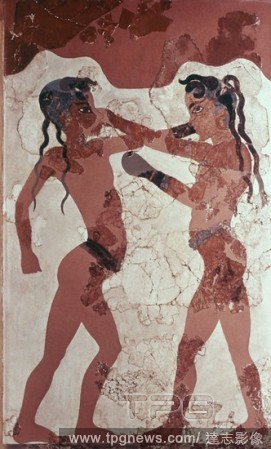
Editorial FRESCO DE LOS NI?OS BOXEADORES - II MILENIO AC - PROCEDENTE DE LA ISLA DE THERA.
- 2019-08-02
- 1
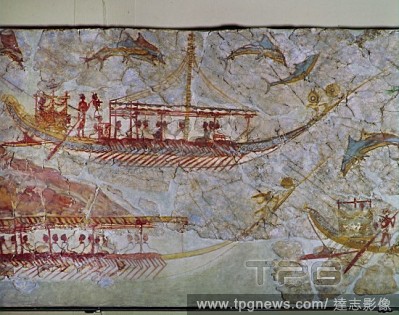
Editorial Ships surounded by dolphins. Detail of a wall painting (13th BCE) from the island of Thera (Santorini) .
- 2019-07-16
- 4

Editorial Yellow clay beaked pitcher with light veneer and dark brown decoration partly effaced and with impurities (2nd BCE) from Acrotiri, Thera, Greece. Height 21 cm-Inv. 928.
- 2019-07-16
- 1
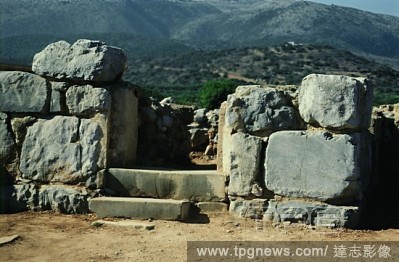
Editorial Entrance to the Palace of Mallia, Crete, Greece. Work on the Palace began in the second millenium and conti-nued for over 500 years. It may have been destroyed by the tidal waves caused by the eruption of the volcano on Santonrin-Thera in 1450 BCE.
- 2019-07-16
- 7
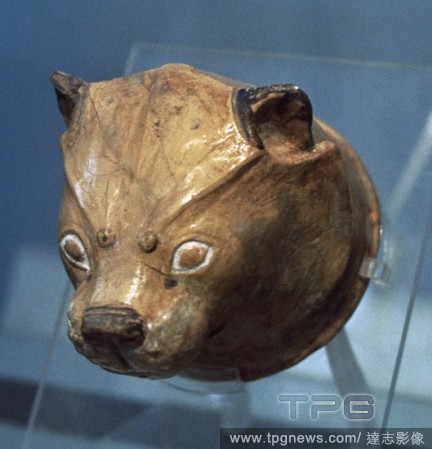
Editorial Ritual vessel. Liones-head rhyton. 16th century BC. From Akrotiri, Island of Thera. National Archaeological Museum of Athens. Greece.
- 2019-07-09
- 1

Editorial Ritual vessel. Liones-head rhyton. 16th century BC. From Akrotiri, Island of Thera. National Archaeological Museum of Athens. Greece.
- 2019-01-23
- 1

Editorial Ceramic pitcher with geometric decoration in the form of spirals. Second half of the 16th century BC. From Akrotiri (Thera). National Archaeological Museum. Athens, Greece.
- 2019-01-23
- 1
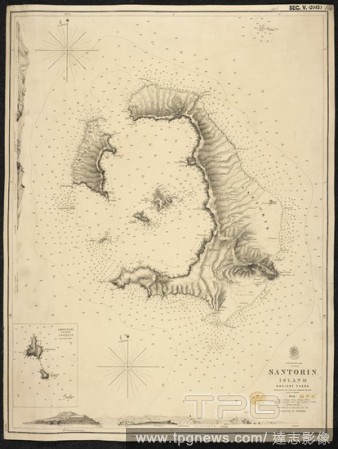
Editorial A chart of Santorin Island. S. Island, ancient Thera. Surveyed by Capt. T. Graves. 1848. [Admiralty Chart]. [London], 1851. Source: Maps SEC.5.(2043.). Language: English.
- 2018-12-06
- 1

Editorial Priestess making offerings. 1550-1500 BC. Fresco, from The West House, Akrotiri, Thera (now Santorini). National Archaeological Museum. Athens, Greece.
- 2018-10-30
- 1

Editorial The Antelope fresco. 16th century BC. Room B1. Building B. Detail. Akrotiri, Thera (now Santorini). National Archaeological Museum. Athens, Greece.
- 2018-10-30
- 2
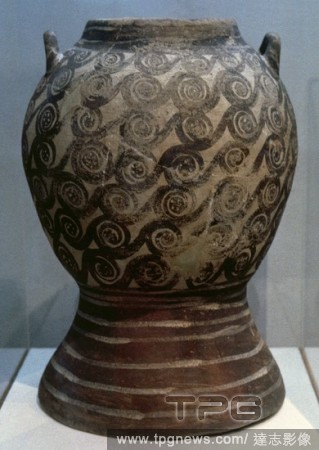
Editorial Ceramic pitcher with geometric decoration in the form of spirals. Second half of the 16th century BC. From Akrotiri (Thera). National Archaeological Museum. Athens, Greece.
- 2018-10-30
- 1
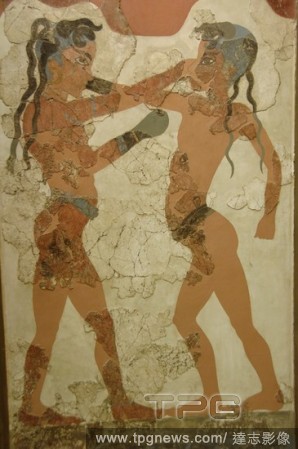
Editorial Minoan art. Greece. 16th century B.C. Fresco of boxing kids. Fight between two teens provided with gloves and a belt. Painted stucco. Room B1 from Akrotiri (Thera). (1550-1500 BC). National Archaeological Museum. Athens. Greece.
- 2018-10-11
- 1
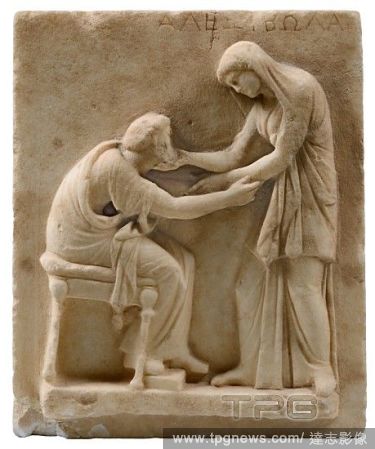
Editorial Funerary Stele. From the Cemetery of Ancient Thera.
- 2018-08-06
- 1
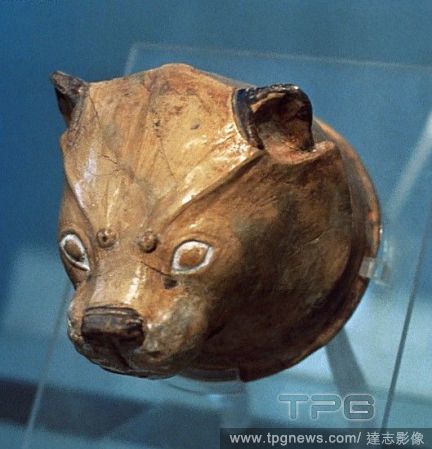
Editorial Ritual vessel. Liones-head rhyton. 16th century BC. From Akrotiri, Island of Thera. National Archaeological Museum of Athens. Greece.
- 2018-07-30
- 1
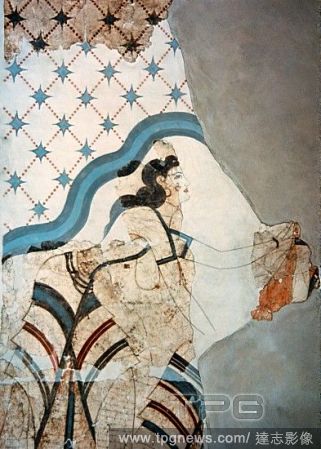
Editorial Minoan fresco. Akrotiri, Island of Thera (Santorini). House of Ladies. Lady offering a necklace to a goddess. 1650 BC. Museum of Prehistoric Thera. Santorini, Greece.
- 2018-07-30
- 1

Editorial Papyrus Fresco, ca. 1550 BC. Minoan. Bronze Age. From Akrotiri, Island of Thera (Santorini). Three stemmed, blossoming plants are painted on the walls. Room of the Ladies. Museum of Prehistoric Thera. Santorini, Greece.
- 2018-07-30
- 1

Editorial ADORANTE CON OFRENDAS. 1550-1500 a. C. Procedente de la Casa del Oeste, Akrotiri, Thera (actual Santorini). Museo Arqueol?gico Nacional. Atenas. Grecia.
- 2018-07-30
- 1

Editorial "FRESCO DE LOS ANTILOPES". Pintados a base de trazos anchos negros sobre fondo blanco. Estuco pintado. (Alto: 1,52 m). Procedente de la Habitaci?n B1 de AKROTIRI (THERA). Hacia 1550-1500 a. C. Museo Arqueol?gico Nacional. Atenas. Grecia.
- 2018-07-30
- 2
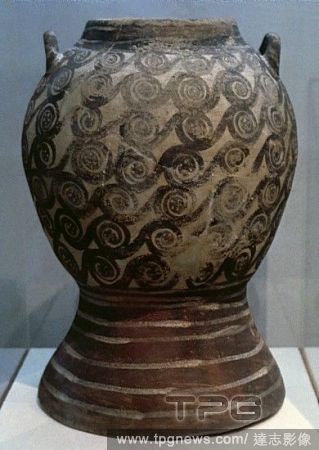
Editorial Gran PYXIS con decoraci?n geom?trica en forma de espirales. Fechada en la segunda mitad del siglo XVI a. C. Procedente de Akrotiri (Thera). Museo Nacional de Atenas. Grecia.
- 2018-07-30
- 1
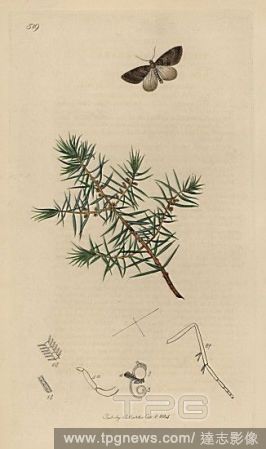
Editorial Thera coniferata, Durham Juniper Moth.
- 2018-07-24
- 1
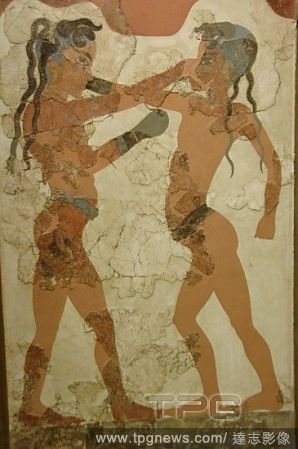
Editorial Minoan art. Greece. 16th century B.C. Fresco of boxing kids. Fight between two teens provided with gloves and a belt. Painted stucco. Room B1 from Akrotiri (Thera). (1550-1500 BC). National Archaeological Museum. Athens. Greece.
- 2018-07-23
- 1
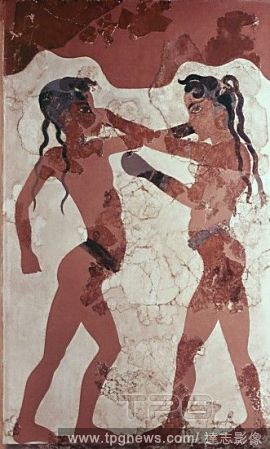
Editorial FRESCO DE LOS NI?OS BOXEADORES - II MILENIO AC - PROCEDENTE DE LA ISLA DE THERA.
- 2018-07-20
- 1
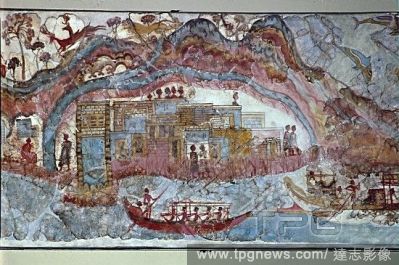
Editorial MURAL ~ MINOAN PERIOD ~ 2ND-1ST MILL. BCE ~ Entrance of a fleet into port. Wall painting (13th BCE) from the island of Thera (Santorini) .
- 2018-06-22
- 6
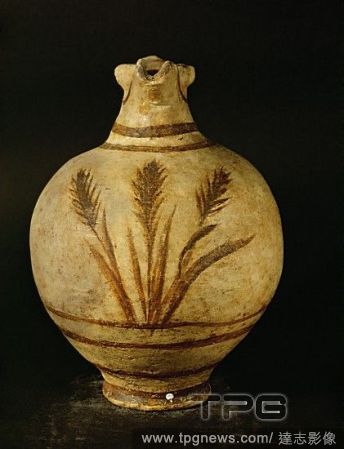
Editorial Yellow clay beaked pitcher with light veneer and dark brown decoration partly effaced and with impurities (2nd BCE) from Acrotiri, Thera, Greece. Height 21 cm-Inv. 928.
- 2018-06-22
- 1
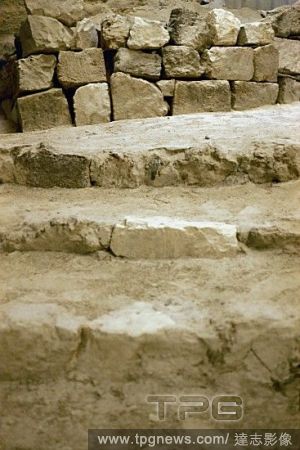
Editorial Thera Island (Santorini), Greece, was inhabited by a highly civilized population of Cycladic-Minoan culture. The eruption of the island's volcano around 1450 BCE covered with ash what remained of the island. Akrotiri: A flight of stone steps.
- 2018-06-19
- 5

Editorial Entrance to the Palace of Mallia, Crete, Greece. Work on the Palace began in the second millenium and conti-nued for over 500 years. It may have been destroyed by the tidal waves caused by the eruption of the volcano on Santonrin-Thera in 1450 BCE.
- 2018-06-19
- 8
 Loading
Loading 